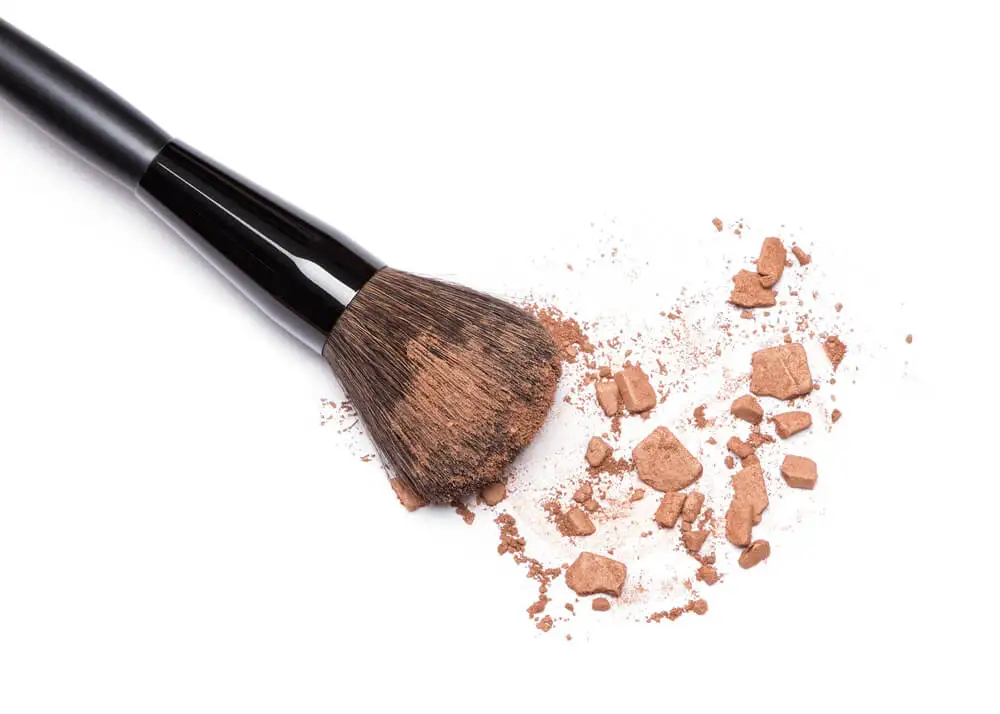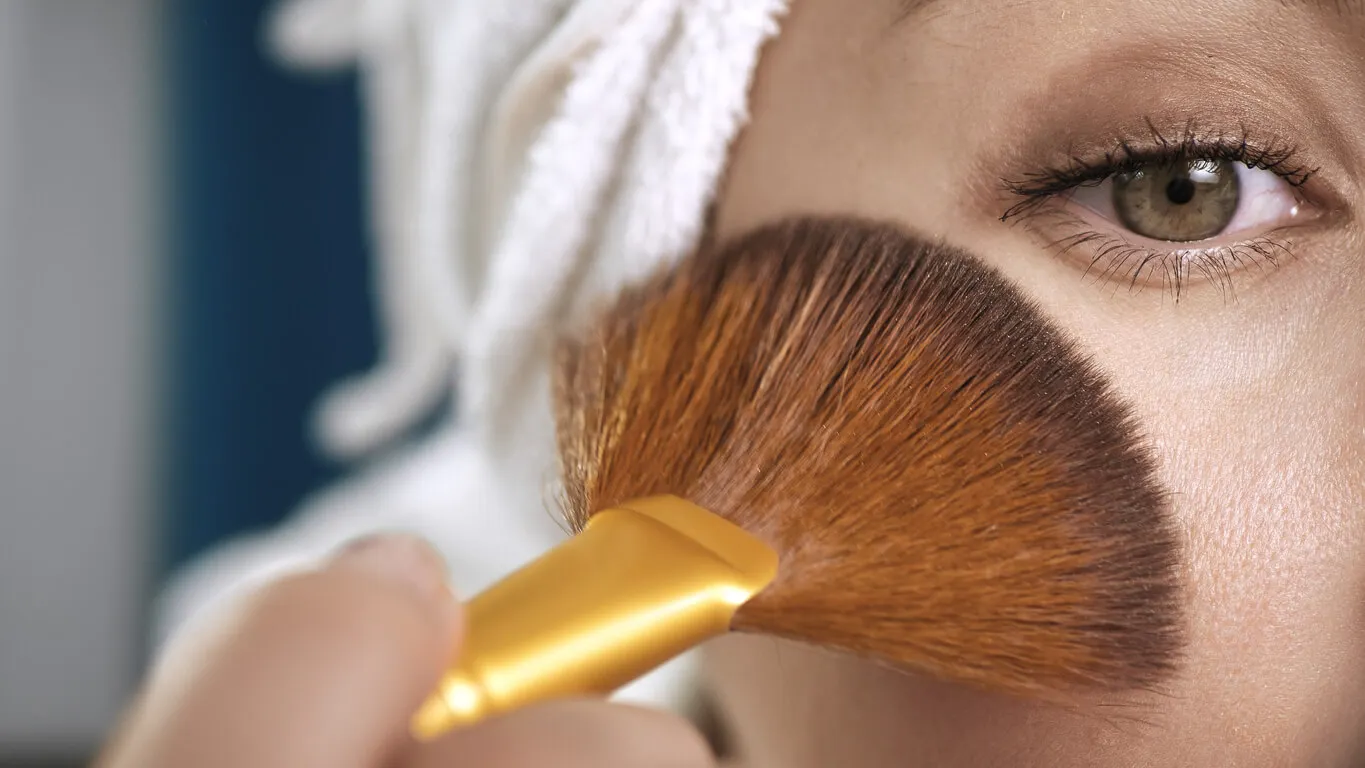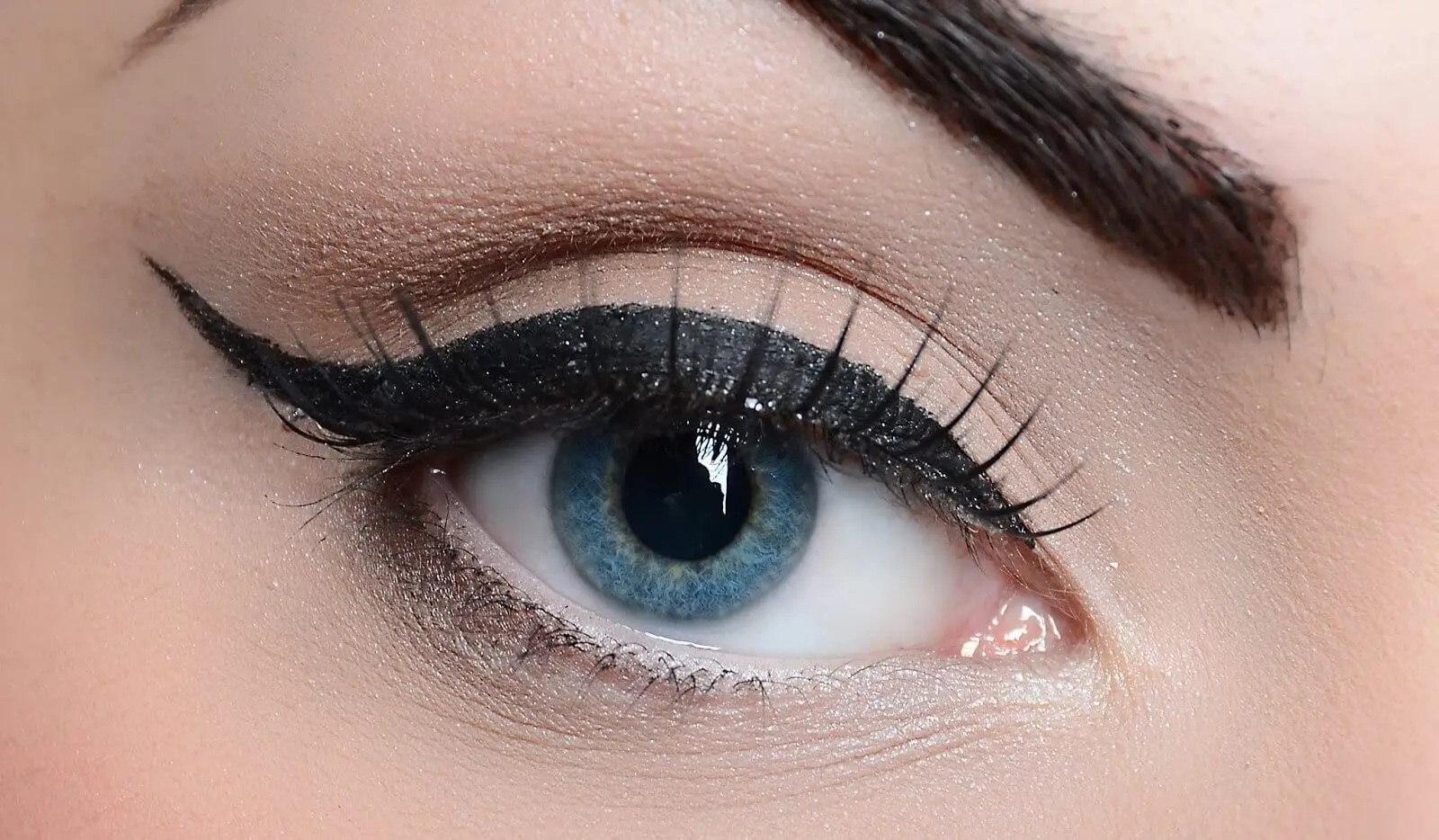20 Types of Makeup Brushes

There are a few basic makeup tools that really can’t be missing from your makeup bag, but there’s also a wide range of brushes, each with a unique purpose when it comes to this art. You don’t need to be a professional to put into practice tricks that optimize your make-up, as long as you use your tools in the right way.
Since there are so many brushes and many of them are very similar to each other, it’s likely that you may be a little confused when you use them. To help you take full advantage of their benefits, here’s a guide to the types and functions of each makeup brush.
What are makeup brushes?
Makeup brushes are tools that provide better coverage and simplify the application of cosmetics. They consist of a handle usually made of resin, plastic, or wood, whose elongation allows them to be handled comfortably.
The essence of these makeup tools is in their bristles, since they serve as a vehicle to transfer the product to the skin. Depending on the arrangement and thickness of the bristles, it’s possible to reach any spot on the face.
You’ll notice how advantageous they are once you see how your makeup really looks, because it looks totally different when you use the right brushes instead of using the same object to apply all the products.
In addition, brushes are indispensable tools in particular cases, such as corrective make-up techniques. Thanks to their precision, they better conceal skin imperfections such as hyperpigmentation, acne, and scars.
We think you may be interested in reading this, too: 13 Makeup and Hairstyle Tricks to Save Time in the Mornings
The types of makeup brushes
Multiple makeup brands offer their own lines of brushes, in basic versions and in sets containing all categories. Regardless of whether you buy an elementary set or a complete one, the right thing to do is to choose quality brushes.
One key to selecting the best makeup tools is to know how they’re classified; the division depends on the size, the material of manufacture, the finish they offer, and the length of the strands. According to these characteristics, let’s take a look at the different types.
Before we begin, it’s important to note that the beauty blender doesn’t fall into the category of brushes, although these tools are very convenient when it comes to certain types of make-up applications.
1. Small makeup brushes
These are the brushes you use on the mouth, nose, and eye contour. They are made for areas that need a lot of precision, as they are points that require minimal touches where compact tools are convenient.
2. Medium makeup brushes
These makeup tools are made for intermediate regions, such as the cheekbones.
3. Large brushes
Their volume is beneficial in areas that require a lot of coverage. The complexion benefits from them with the application of powders, foundations, and BB cream.

4. Natural brushes
These are brushes whose fibers come from animal hair. They’re softer and are recommended for powder application.
5. Synthetic brushes
These types of makeup brushes are made to replace those of natural origin and last longer. The Foundation for Animal Defense Counseling and Action highlights the quality of these artifacts, mentioning the antibacterial quality and promoting animal protection.
6. Goupillon brushes
This is the brush that’s specifically designed for the eyelashes, since it’s conducive to supplying them with mascara, pre-base, or serums.
7. Fan makeup brushes
These are brushes for light powders; they provide good glide and avoid makeup build-up. The fan edge is recommended for highlighter and for fading shadows at the corners of the eyes.
8. Rounded brushes
Brushes with this cut pick up substances in small proportions. They’re also often used for powders, but for more coverage. They’re typically used on the cheeks.
9. Pointed brushes
These are precision instruments suggested for strokes in specific areas of the face. For example, they’re very useful for the correction of dark circles under the eyes, smoky effects in the eye socket, and contours.
10. Flat-cut makeup brushes
These provide wide and natural coverage, because they distribute the liquid cosmetics evenly, executing a kind of sweeping action. This type of brush can also be used for concealers and primer.
Like this article? You may also like to read: One-coat Makeup: What is this Beauty Trend in TikTok All About?
11. Skunk brushes
These brusehs combine natural and synthetic strands. They’re multi-purpose brushes, designed for light polishing.
12. Cat tongue makeup brushes
Their rounded head and rounded plane are made for deep, heavy coverage. One of the cosmetics that this brush works well with is concealer.

13. Beveled brushes
These have a diagonal profile that adjusts to the features. They perfectly target the eye socket and cheekbones.
14. Oval makeup brushes
Also known as toothbrushes because of their toothbrush-like shape, these brushes have a dense, silky head that’s ideal for airbrush-like coverage. With the large ones, you can blend and apply; with the small ones, you can tackle the eye area.
15. Long brushes
Long brushes simplify the movements for flawless blending, especially in the case of shadows and glitter. The technique is to make closed mini-circles to spread the cosmetic.
16. Short makeup brushes
The appearance of these makeup tools is compact and they pick up more cosmetics, distributing them appropriately.
17. Lip brushes
The name reveals their appearance and use. There are lip brushes for lip contouring or plumping. They are extremely thin and firm, which allows for greater accuracy when painting the lips.
18. Eyeliner brushes
These are short, flat-haired brushes that blur eyeliner or correct eye makeup. Some come with a beveled cut, while others look like a brush. Pencil-shaped makeup tools fall into this category, which are conducive to use on the upper and lower eyelids.

19. Brushes for sun powder
These are medium-haired, bushy brush heads that achieve an even finish when moved in circles.
20. Makeup brushes for the eyebrows
It’s common for these tools to have an angled end to fill in the eyebrows, while the other end has spiral bristles that give shape as you disperse the shadow or gel.
Why use makeup brushes?
Makeup brushes and brush-like tools are the perfect alternatives for controlling the amount of product delivered to the skin. As long as you use a good technique, you will achieve natural, uniform finishes without variations in your complexion.
In addition, the use of brushes is beneficial because you help take care of the hygiene of the face with these tools. In fact, the R-Biopharm laboratory argues that a large number of microorganisms could enter the cosmetics via hands and mouth; this means that if you apply makeup with your fingers, you could transfer bacteria and harm your health.
All cited sources were thoroughly reviewed by our team to ensure their quality, reliability, currency, and validity. The bibliography of this article was considered reliable and of academic or scientific accuracy.
- Microorganismos en los cosméticos: ¿Puede su maquillaje enfermarlo? R-Biopharm. Alemania; 2015. https://food.r-biopharm.com/es/news/microorganismos-en-los-cosmeticos-puede-su-maquillaje-enfermarlo/
- Prieto Cabezas M. Maquillaje corrector: una herramienta en la práctica dermatológica. Más Dermatología. Vol. 10. pp. 17-21. España; 2010. https://masdermatologia.com/PDF/0058.pdf
- ¿Sabes de qué están hechas tus brochas de maquillaje? Fundación para el Asesoramiento y Acción en Defensa de los Animales. España; 2016. https://faada.org/concienciacion-580-sabes-de-que-estan-hechas-tus-brochas-de-maquillaje
This text is provided for informational purposes only and does not replace consultation with a professional. If in doubt, consult your specialist.








